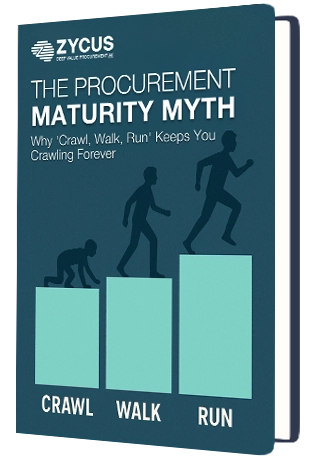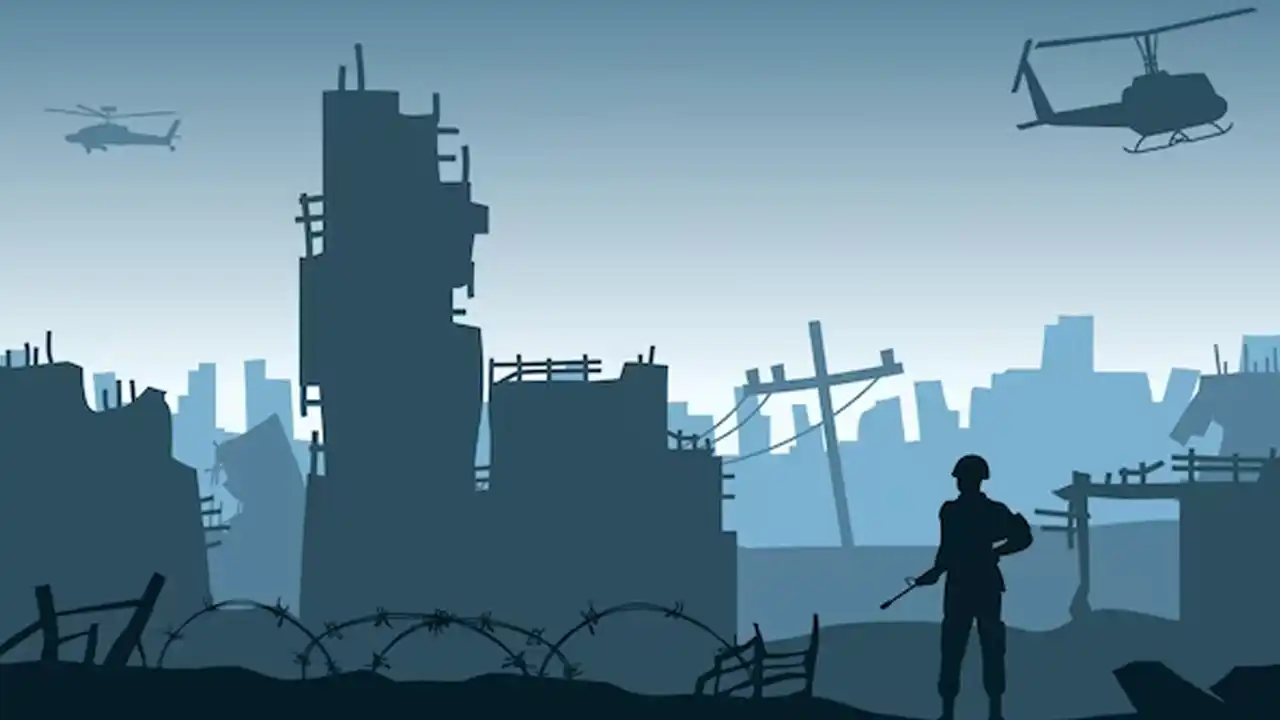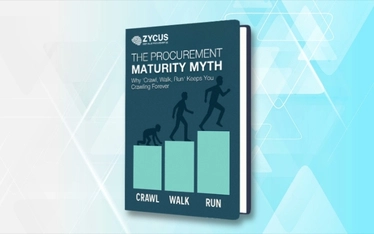What if I tell you serving in the army or taking lessons from war can give you the best tips to run procurement function efficiently. Surprised?
Don’t’ be. Sean Smith served in the US Army for nearly eight years. He is now the director of Strategic Sourcing at Agropur Ingredients and, one of the finest in his field. He swears by his experience in US Army supply chain or logistics as they call it, to have helped him improve the procurement performance of the company he is working with. In his opinion, army with its aircraft, carriers, ships & truck movement in the most difficult of the roads and regions, pulling in things and resources through conflict zones, ensuring supplies reach the troops at the right time etc., serves as the best learning ground for procurement professionals.
If we go back in history, a 100 years to be specific and analyze the strategies used in World War I you would be surprised to know how much they have to teach.
Let’s walk through some of the World War I episodes and study its application for modern day procurement.
Long since the World War I had begun, on October 23, 1918 the British army launched a night attack with all three of their armies which helped them advance six miles in just two days. If the army had decided to make the same move in daylight they probably would not have moved more than a mile and that too with a heavy personnel loss. This teaches that the “Timing of Action” is of great significance. For procurement that could mean sourcing the material when prices go down or renewing the contract before it lapses.
In another incident, the Germans initiated the greatest air battle with 70 aircraft on March 23, 1918 giving them an upper hand in the war. Technology came to Germans rescue then and technology can come to procurement’s rescue now. Large supplier base, multiple contracts and millions of spend add a great deal of complexity for procurement. To find meaning from this data mine, procurement has to resort to the right technology, so they can gain an upper hand just like the Germans did.
While I can go on listing the World War I episodes and analyze the procurement lessons, I recommend you read our new e-book, “Procurement Lessons from World War I”. It gives a detailed account of how army is one of the best teachers for procurement.
Disclaimer: This article is intended only as an example of historical procurement lessons from World War I. Zycus and the author do not endorse any innovations/strategies that are unethical or immoral. Neither does Zycus and the author support the idea of war, nor any nations engaged in war.
































































